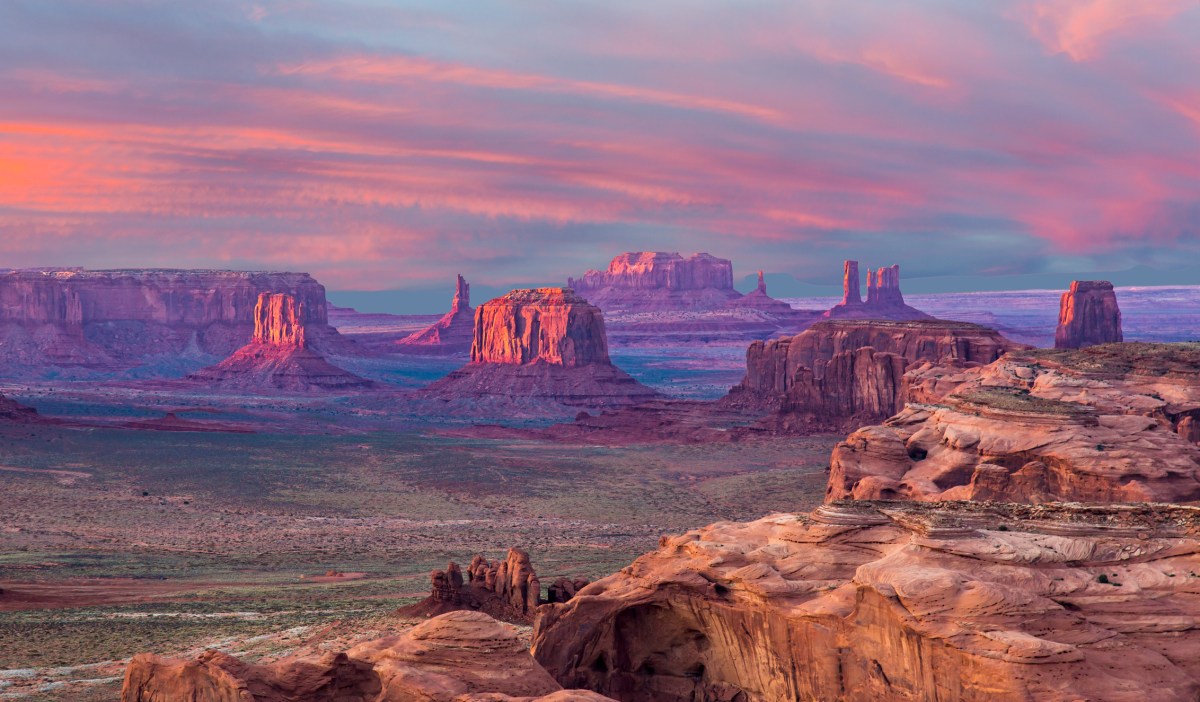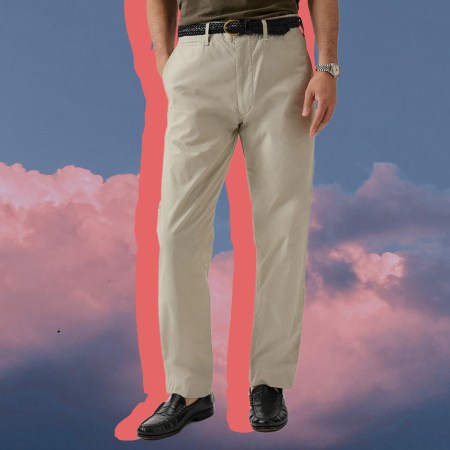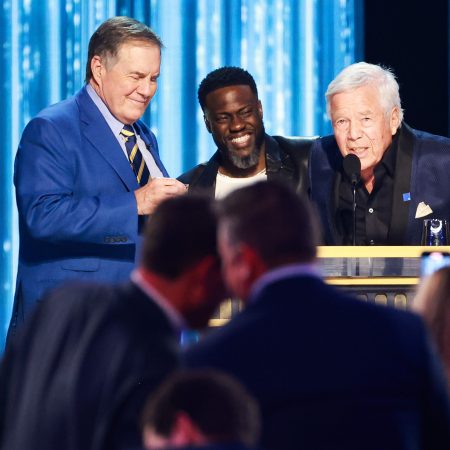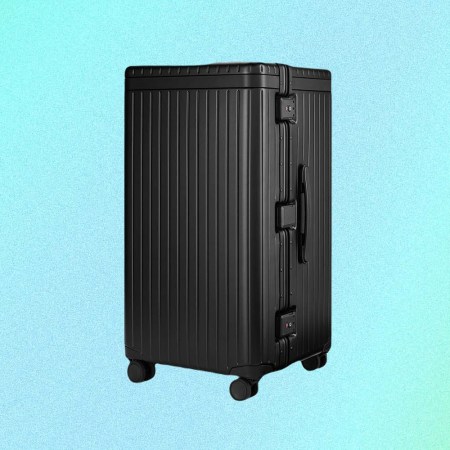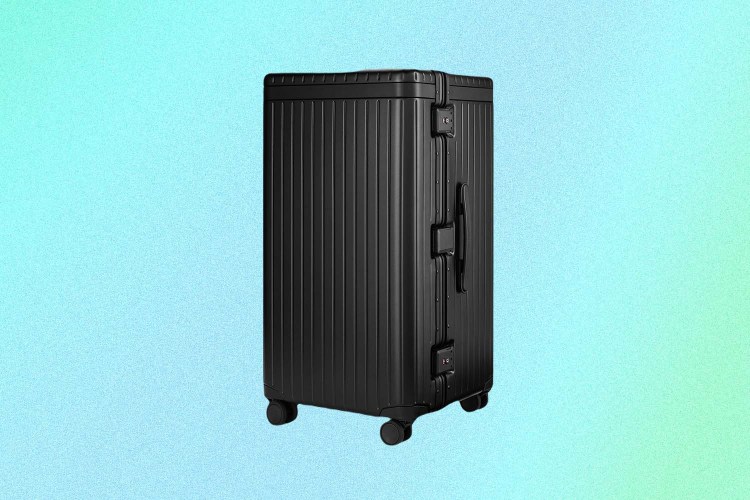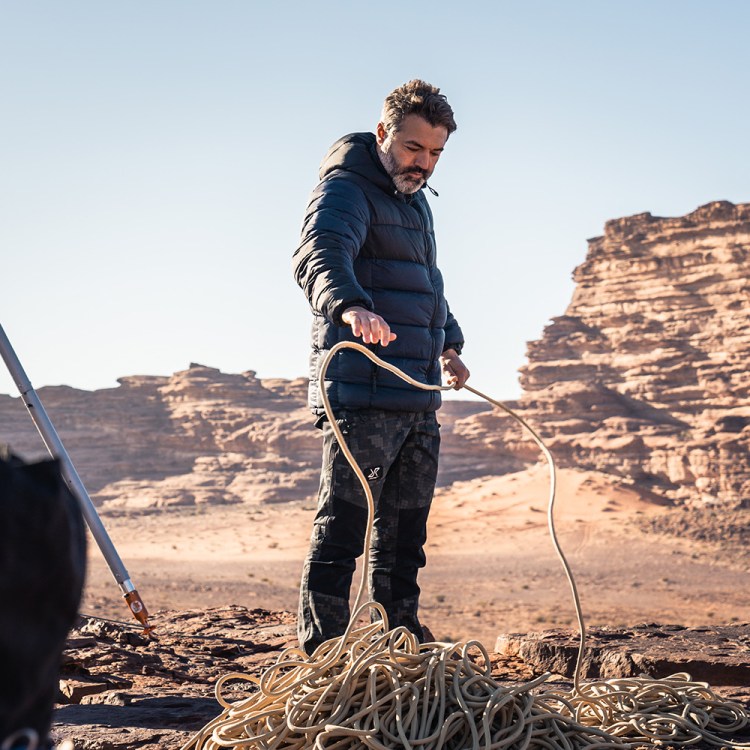Interested in rafting through the Wild Buffalo Rapids in the Rocky Mountains, or taking a swamp buggy ride through the Everglades? How about carving a pipestone in Minnesota by day, and sleeping in a primitive lodge by night?
Sounds pretty great to us, too. But there’s a rookie way to go about this, and an expert route — the latter of which will connect you with those who know the land and its stories better than anyone else on the planet.
Bud Johnston is a member of the Anishanabe tribe in Minnesota — “the White man calls us Chippewa” — and is president of the The Keepers of the Sacred Tradition of Pipemakers. An elder and storyteller, Johnston explained to RealClearLife in a recent phone interview how non-Native people can respectfully interact with Native American tribes — and enrich their own lives and travels by doing so.
“I think it’s good for everybody that’s interested at all in tribal tourism to ask,” Johnston said. “That’s the hardest part for a lot of people: You see some tribal people walking around some place, and they ain’t smiling, and they ain’t laughing, and you say ‘Oh my god, do I dare ask them how to get to the bus stop?’”
Dare to ask, Johnston said, even if it’s just for directions. “Learn about the tribal ways,” Johnston said. “Try to show respect. Ask, if you can take a picture. Ask, if it’s offensive to ask questions about something. A lot of people will walk around and [don’t] ask anybody anything, because they’re afraid they’re going to offend them, so that’s kind of a big thing too.”
Failing to ask or engage means you’ll miss out on some of the most incredible components of our country’s history — stories and skillsets you can’t hear or cultivate anywhere else. You can find Johnston in Minnesota, but the Pipemakers travel with their workshops, too. Within the last two years, they’ve led pipe making classes in Switzerland and Holland. Amid the crowing of roosters and piercing cries of predatory birds in the background, Johnston explained why learning about pipe making specifically is so important as Americans.
“I think it’s a big deal because pipes was one of the biggest trade items in North America,” Johnston said. “The quarries in Minnesota have what’s considered the premium pipe stones….and ah, it really is the crossroads to the Indian world.”
But what if you literally don’t know who to ask, where to travel, or even what you’re interested in learning about or experiencing? There’s now a resource for that, too. Nativeamerica.travel is a destination website that Camille Ferguson, Executive Director of the American Indian Alaska Native Tourism Association (AIANTA), calls “the portal to Indian country.”
A screengrab from the nativeamerica.travel homepage.“What makes it so special and so unique is that the website is intended for Native American products only, and every page is given to every tribe. That means it’s theirs. They can tell their story, their way. They can put up their images. We don’t dictate what goes on their websites,” Ferguson told RealClearLife in a recent phone interview. “It is theirs. And so it gives them the opportunity to tell their story, and tell it their way.”
Ferguson explained AIANTA provides technical assistance and training to tribes around the country to get them connected with travelers via the site. Poking around, it’s easy to see the user experience on the site is clean and clear, and will get you stoked about wherever it is you’re interested in going — and being prepared to ask questions and stay respectful will ensure your experience is even more authentic.
“There is cultural etiquette that one needs to be aware of when entering into tribal communities, no different than an etiquette from a national park service or another foreign country,” Ferguson said. “I think visitors who [truly want] to experience that authentic destination will respect those.”
A glance at the cultural tourism opportunities across the country, via nativeamerica.travel.As for why you should even go to the trouble in the first place? Ferguson said it best, telling us:
“I can tell you why I would — and that is because I know there is a connection to the landscape and there’s a connection to the art and everything that I will be seeing in the area,” she said. “What’s the difference between [a] cultural tour versus [a] walking tour? On a natural history walking tour, you will learn about the plants, the species, the animals, but on a cultural tour, you will understand the purpose of that plant, and that species, as it pertains to Native American cultures.
“We’re living in a Western culture, and preserving and perpetuating as much as we possibly can about our history that makes us who we are. Whether it’s the food we eat, the place that we live, it’s all important to keep it alive. So with our native and non-native friends, we’re able to do this.”
And it’s not hard to find a tribe — whether it’s through nativeamerica.travel, or simply paying attention to your map. There are 562 federally recognized tribes in the U.S., and Ferguson said they “are on or adjacent to every federal park or land across the nation.”
Happy, safe, and respectful travels.
This article was featured in the InsideHook newsletter. Sign up now.
